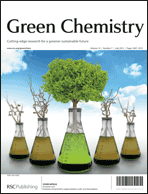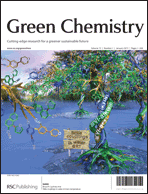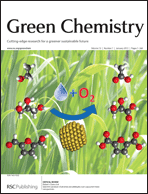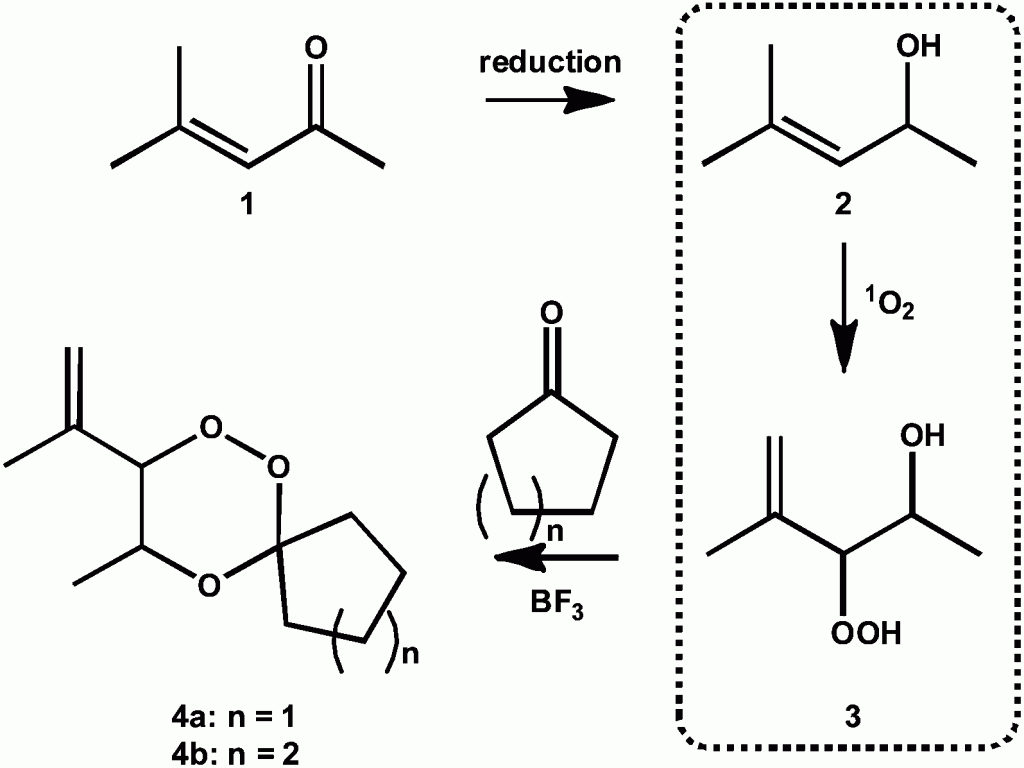 The latest addition of the “Green Solvents for Synthesis” conference took place in the picturesque Rhein Valley in Boppard, Germany from October 8-10, 2012. This biennial Dechema conference brings together world renowned chemists and engineers from both academia and industry to discuss their recent developments and future insights into the field of alternative solvents, solution phase chemistry, and processes. It is always held in a unique part of Germany, in which previous conferences have been held in the lower Rhein Valley (Bruchsal), Lake Constance (Friedrichshafen) and the Bavarian Alps (Berchtesgaden), and this time in the middle Rhein Valley. The beauty of Boppard and its surrounds (including the Loreley), a UNESCO Heritage site, was an excellent backdrop for the conference and emphasized the importance of sustainable development, an underlying theme of Green Chemistry.
The latest addition of the “Green Solvents for Synthesis” conference took place in the picturesque Rhein Valley in Boppard, Germany from October 8-10, 2012. This biennial Dechema conference brings together world renowned chemists and engineers from both academia and industry to discuss their recent developments and future insights into the field of alternative solvents, solution phase chemistry, and processes. It is always held in a unique part of Germany, in which previous conferences have been held in the lower Rhein Valley (Bruchsal), Lake Constance (Friedrichshafen) and the Bavarian Alps (Berchtesgaden), and this time in the middle Rhein Valley. The beauty of Boppard and its surrounds (including the Loreley), a UNESCO Heritage site, was an excellent backdrop for the conference and emphasized the importance of sustainable development, an underlying theme of Green Chemistry.
This year’s conference covered various topics in the field of Green Chemistry and showcased the use of green solvents and their increasing implementation, not only in academia but also in industrial applications. Click here to read more…











 As the year draws to a close, here is a list of the top 10 cited review articles in Green Chemistry in 2012 – all free to access until the
As the year draws to a close, here is a list of the top 10 cited review articles in Green Chemistry in 2012 – all free to access until the  The front cover of this month’s issue highlights the work of
The front cover of this month’s issue highlights the work of  The inside front cover features the work by
The inside front cover features the work by 

